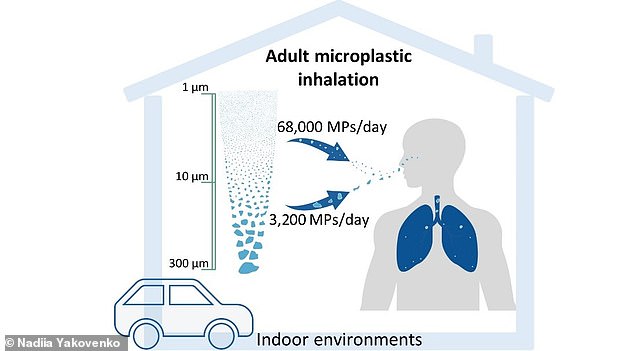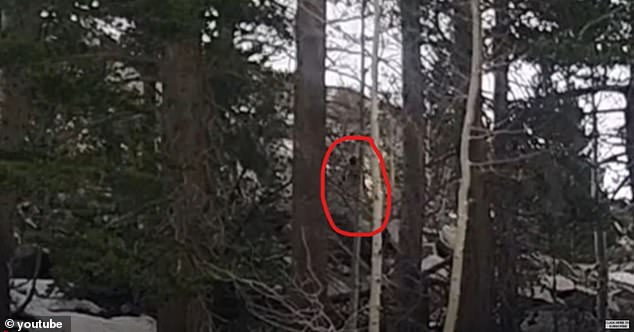Hidden Seismic Danger Beneath North America Could Trigger Disaster Without Warning, Experts Warn
The Tintina Fault: North America’s Overlooked Seismic Threat
A once-dormant fault line beneath North America, the Tintina Fault, is now raising alarms among scientists. Located just 12 miles from Dawson City in Canada’s Yukon Territory, this geological time bomb spans critical infrastructure, rivers, and highways, and stretches into interior Alaska. Experts warn it could unleash a catastrophic magnitude 7.5+ earthquake with little warning, impacting regions from Alaska to Montana.
A Hidden Danger
For decades, the Tintina Fault has been overshadowed by more notorious faults like California’s San Andreas. However, recent research reveals it has been silently accumulating stress for millennia. Dr. Michael West of the Alaska Earthquake Center states, “It’s one of the least studied fault systems in North America, and that needs to change.” Satellite and drone mapping now show shifted glacial landforms—evidence of past violent ruptures. The fault’s last major quake occurred over 12,000 years ago, meaning pressure has built unchecked.

Satellite imagery reveals the Tintina Fault’s path (conceptual image).
Devastating Potential
A single rupture along the fault’s 81-mile segment could destroy pipelines, roads, and trigger landslides across Alaska and Canada. The Trans-Alaska Pipeline, critical to the U.S. energy supply, lies in the danger zone. Remote communities like Fairbanks, home to 125,000 people, could face severe disruptions with limited emergency resources. Dr. Theron Finley, lead study author, warns the fault “may be at a late stage of a seismic cycle,” holding 20 inches of pent-up slip ready to release.

Stock photo illustrating potential infrastructure damage.
Overlooked Threat
Despite its risks, the Tintina Fault is absent from modern hazard maps. First identified in 1912, its quiet nature led to its dismissal. Yet geological scars prove it’s a “mature” fault capable of sudden, massive quakes. “No one’s been paying attention to it,” stresses Dr. West. Current U.S. Geological Survey models underestimate the fault’s danger, leaving communities unprepared.

Drone scans reveal shifted landforms along the Tintina Fault.
Urgent Calls for Action
Scientists urge updated hazard assessments and preparedness plans. The fault’s 3,200-foot lateral shifts in ancient terrain highlight its destructive history. With climate change accelerating glacial melt and altering pressure on fault lines, the timing of the next rupture remains uncertain.
In a region where earthquakes are common, the Tintina Fault serves as a stark reminder: some of the most dangerous threats are those we ignore. Increased monitoring and public awareness could save lives when—not if—this silent giant awakens.
Images: Conceptual maps, geological scans, and infrastructure illustrations highlight the fault’s risks (samples shown).


